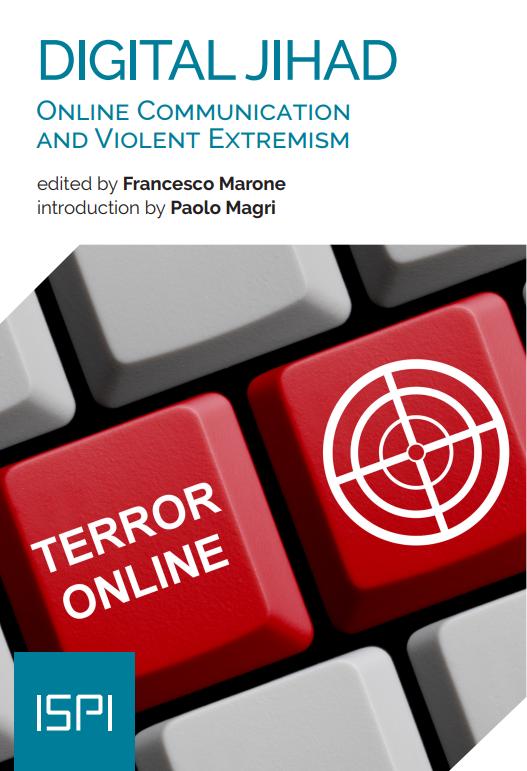Throughout history, violent political groups have exploited available means of communications to promote their cause, engage with their audiences and oppose their adversaries.
Sunni jihadists have developed their own media items since the dawn of the Soviet Invasion into Afghanistan. As a result, the jihadist movement combines a long history of theological writing and strategic thought with a distribution system that has utilised the technology available to them at any given point in time.

This chapter examines the texts that underpin the Jihadi movement, based on the library of material which the movement shares on Telegram. It shows that not one of over 900 texts stored in the Caliphate Library channel on Telegram envisages a “Jihadist Utopia” or proposes a “Utopian narrative”.
The idea of a “Utopian Narrative” is an artefact of Western misinterpretation. It is not rooted in the texts of the Islamic State (al-Dawlat al-Islamiyya) or their predecessors. Instead, the analysis finds that the Jihadi current is comprised of many groups with many shared theological concepts, but which differ on specific nuances.
The Jihadi movement interprets waging jihad as a religious duty, and they consider innovation in religion unacceptable. As a result, Jihadi culture is based on what they consider evidence; evidence rooted in a long tradition of theological writing, divine commandment and historical human acting (i.e. tales of the Sahaba and selective readings of the Sunna).
That evidence is the key to an authentic interpretation of the material the movement produces. If commentary and academic interpretations cannot explicitly cite the evidence and connect their interpretation of it to the long history of Jihadi theological writing, they risk becoming significantly more about what Western researchers imagine they see; an interpretation trapped in a Western habitus rather than an authentic interpretation of the Jihadi movement.
While much contemporary academic attention is focused on infographics, pictures, and English-language magazines, the Sunni jihadist movement mainly seeks to attract native Arabic speakers; specifically the native Sunni Arabs are their prime target audience. As a result, the Jihadi movement is “almost entirely directed in Arabic and its content is intimately tied to the socio-political context of the Arab world”.
Read Article:
Ali Fisher, Nico Prucha, Follow the White Rabbit – Tracking IS Online and Insights into What Jihadists Share, in Marone, Francesco (ed.) Digital Jihad: Online Communication and Violent Extremism. Ledizioni, (2019)